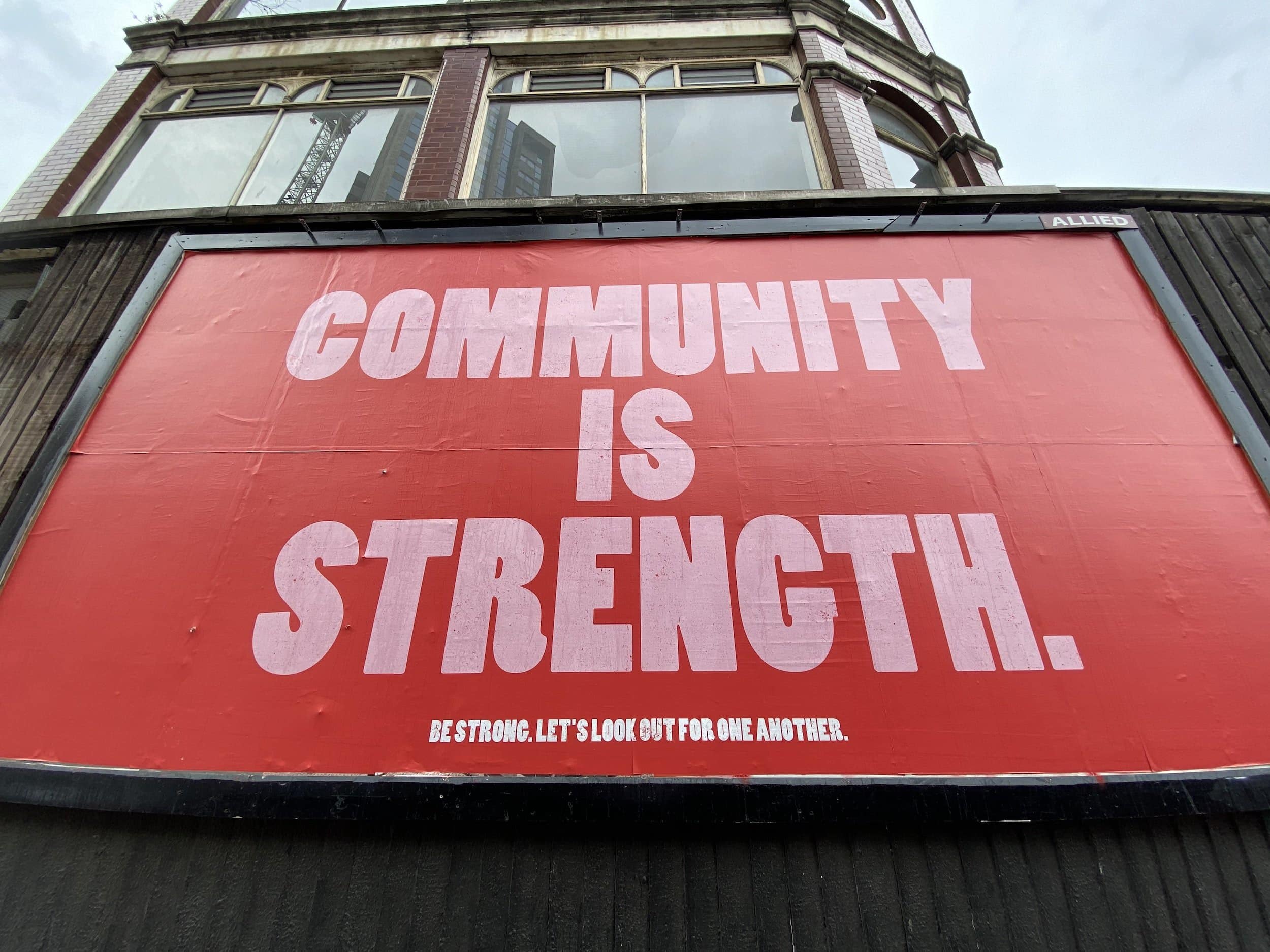
As philanthropists, we are no strangers to crises – sometimes, it even feels like we’re like old friends. The last two years have shown us how across our many different sectors – from international aid, to healthcare, to education – we are all united in an understanding of what it’s like to be close to the front line in times of great need.
So much has changed in the last decade alone, and there have been some pivotal moments that have caused difficult periods of uncertainty and change. After the 2016 election, I wrote about the new age of philanthropy after a seemingly unimaginable shift that drove a period of uncertainty for our sector that still rings true today.
We know by now that the pandemic has proven to be an unprecedented case study for philanthropic response. March 2020 kicked off a long period of uncertainty where many nonprofits didn’t know how to continue their fundraising. For many, this meant taking a step back from trying to raise money, and for some, stopping entirely.
But the past – and ongoing – crisis of COVID-19 quickly proved to not just be about health. It created irreversible damage in every aspect of our lives. It exposed cracks in our communities and put a spotlight on inequities and systemic biases that were easy to overlook pre-COVID. The COVID pandemic became a crisis of community, human services, public health, political division, education, mental health, the arts, animal welfare, and almost everything else in between. This intersectionality meant that there were few organizations that came out unscathed.
What can we learn from this? Many things. But first and foremost that your organization doesn’t have to be in the emergency room or on the front lines to deserve a seat at the table.
Nonprofit organizations exist because there is something unique about their missions that the world needs. Adversity is at the core of why many of our organizations were created in the first place. This is not to say that critical needs shouldn’t be prioritized. Over the last two years, it was necessary to ensure ventilators, support for healthcare workers, and special care for more vulnerable populations was at the center of many of our conversations.
But a lesson we can take away for when the next inevitable disaster strikes is that it’s also okay to engage other needs at the same time. This, in turn, is a foundation of a compelling case for giving to donors. As many of us said in the early days of the pandemic, if your mission was important pre-COVID, it will be important post-COVID.
Faced with a lingering pandemic, continued racism and systemic challenges, and economic uncertainties, do not pull back from sharing your mission through your fundraising communications with your donors.
Instead, reshape your messaging to explain how funding advances your mission forward in a meaningful and sustainable way, even if you don’t have all the answers yet. Donors want to support their communities and will turn to nonprofits as a way to do so. How do we know this? Looking back at the last 50 years of giving trends from the Giving USA reports shows that giving in the U.S. generally kept pace with economic downturns or fluctuations. The only time it fell noticeably was during the Great Recession of 2008-2009. Even over the last two years, estimated giving has continued to climb and set year over year records in the GUSA report.
Trust your donors.
If your mission is directly related to whatever crisis is ongoing, communicate to your stakeholders how this is impacting your organization and include any meaningful changes you’ve had to make based on the evolving community needs.
And even if your mission isn’t directly related, you can still connect your organization’s work with the current climate. At any point in time, donors can choose not to give – but don’t miss the chance to ask just because you assume people don’t want to or can’t. It’s always worth the try, and it also serves as a way to stay in touch with your audience and be transparent about any hurdles you might be facing.
So, while philanthropy may be a gap filler in solving issues and moving initiatives forward, it’s important to treat each and every organization as on the “front line” – not just those who are dealing with the brunt of the current crisis. When fundraising during challenging times, let the crisis spark your creativity to increase your visibility and make sure your organization meets its budget goals so we can keep advancing our critical missions.
